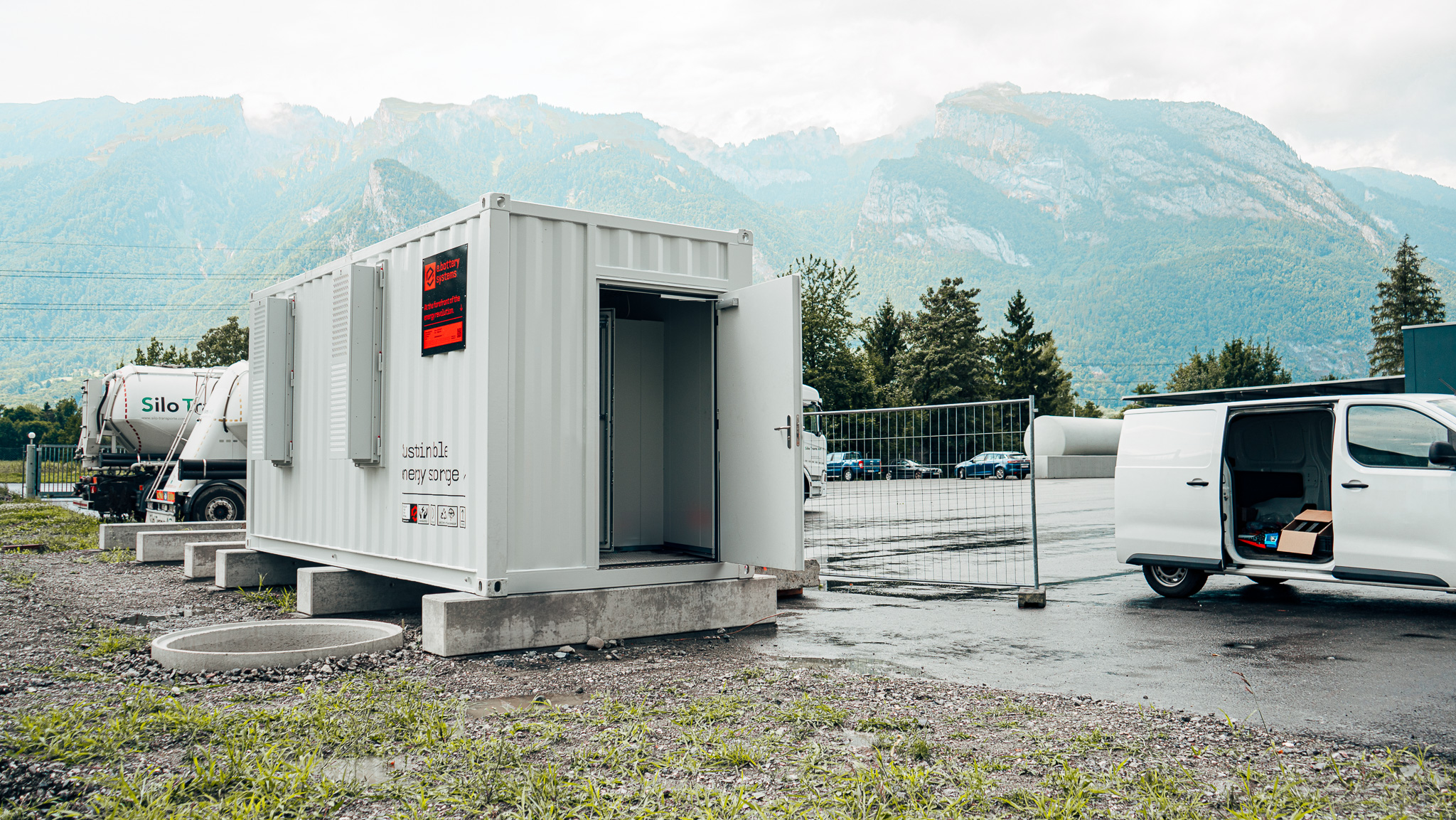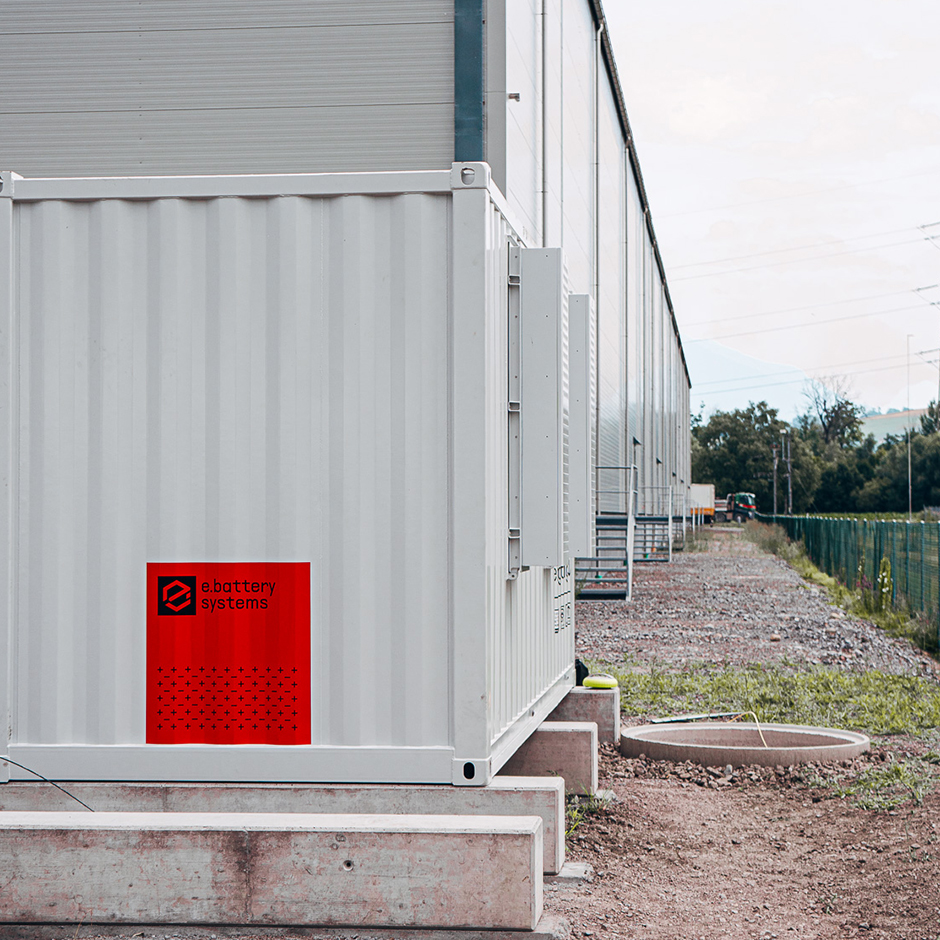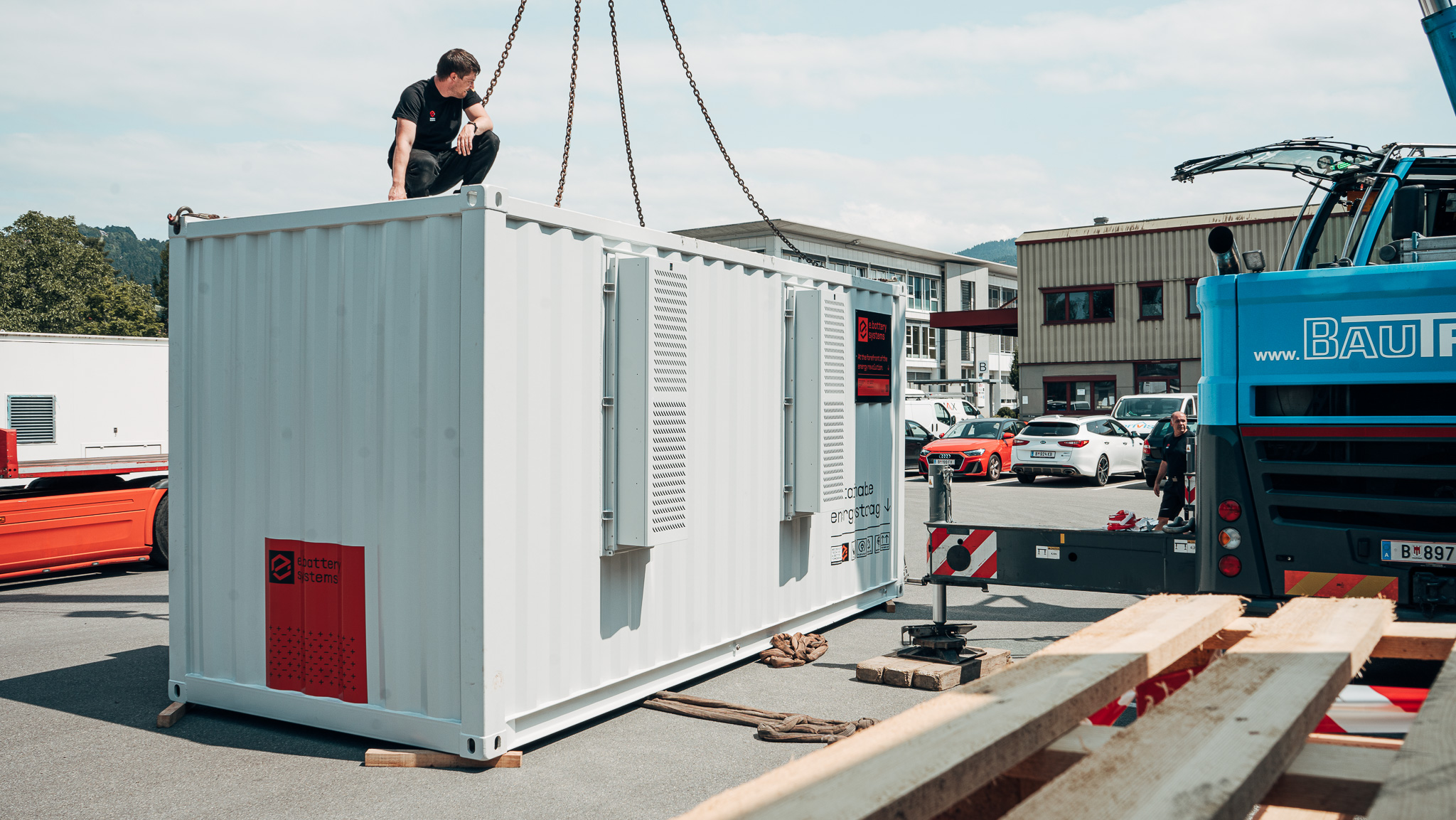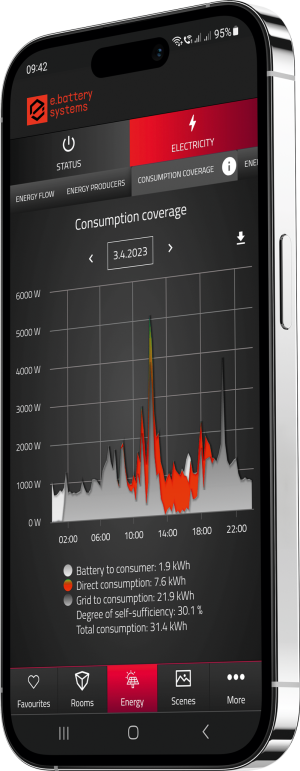Energy storage or better known as
Energy Storage Systems are the future of efficient energy storage and energy supply. Basically, the system is simple and quickly explained. Energy can be stored via the power grid or through alternative power sources such as electricity from photovoltaics to be used again as needed.
But why do we want to store energy? We can generate
grid-independent power supply through energy storage and thus also fall back on this energy in the event of an outage. In addition, we can
optimize our own
energy consumption through so-called
peak load capping.
The complete control and verification of energy consumption, energy sources and
energy storage system simply works through our energy management system.



